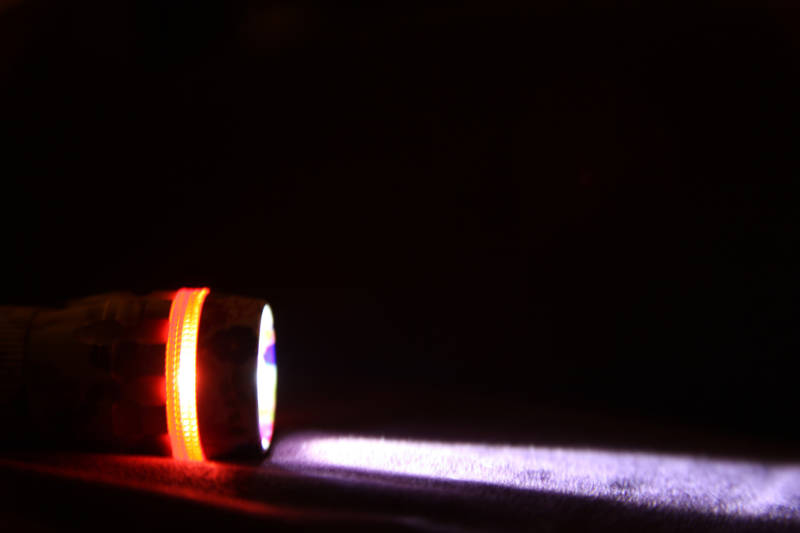Looking for 2021 power outages and shutoffs information? Please visit our updated 2021 guide.
Original story continues below:
In 2019, the California Public Utility Commission approved a new set of rules for when the state's major utilities can preemptively shut off the power during times of high fire danger.
As fire season continues, the use of these shutoffs is becoming more frequent. PG&E's power shutoff plan covers 16 million people across Northern and Central California and when conditions are dangerous it will also consider shutting down transmission lines, which serve larger areas than just distribution lines.
If there is a power shutoff, you might find yourself without power for anywhere from just a few hours to many days. Here's what you need to know.

